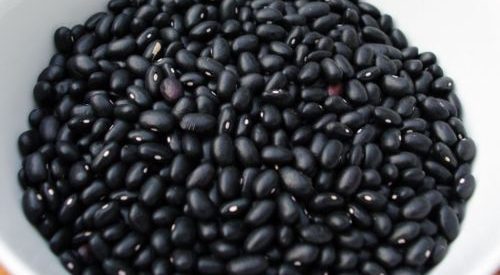Top 19 Foods High in Soluble Fiber

Dietary fiber is that the carbohydrate in plants your body cannot consume.
Although it?s necessary to your intestine and all around health, most individuals don?t realize the recommended daily amounts (RDA) of 25 and 38 g for men and women, respectively.
Soluble fiber draws water in your intestine, which softens your feces and supports routine bowel movements.
It helps you feel fuller also reduces constipation, but may also decrease cholesterol and blood sugar levels.
Here are 19 healthy foods that are full of fibre.
1. Black Beans
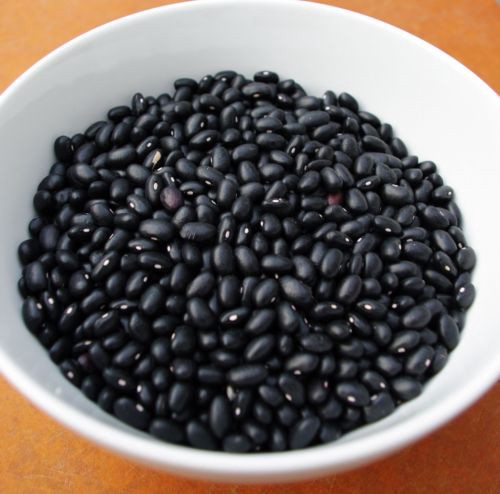
Dark beans aren?t merely an excellent way to give your dishes a good feel, they?re also an amazing supply of fiber.
One-cup (172 g ) packs 1?5 grams, which is about what an average person consumes in one day or 40?60% of the RDA for both men and women.
Black-beans contain pectin, an application of soluble fiber that becomes gummy-like in water. This could delay stomach emptying and allow you to feel fuller more, giving the body a while to absorb the nourishment.
Black-beans are also rich in iron and protein, low in carbs and almost fat-free.Soluble fiber material: 5.4 g per three-quarter cup (129 g ) of cooked black beans.
2. Lima Beans

Lima beans, also known as butter beans are large, level, yellow-white legumes.They mainly contain protein and carbs as well as only a tiny fat.
They?re lower in total dietary fiber than black beans but their soluble fiber amount is almost identical. Lima beans additionally comprise the dietary fiber pectin, that will be connected with reducing blood glucose spikes after meals.
Raw lima beans are toxic when raw and ought to be boiled and soaked until you take in them.
Soluble fiber articles: 5.3 grams per three-quarter cup (128 grams) of lima beans.
3. Brussels Sprouts
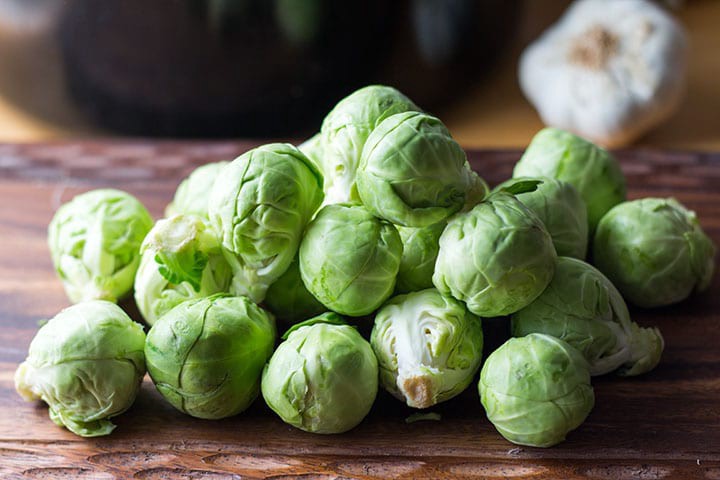
The planet could be divided into Brussels sprout fans and haters, but whatever side you?re on, it?s indisputable that vegetable is packed with nutritional supplements, together with various cancer-fighting agents.
What?s more, Brussels sprouts are a terrific source of fiber, together with 4 g per cup (156 grams).
The dietary fiber from Brussels sprouts can be utilized to feed beneficial gut bacteria. These produce vitamin K and B vitamins, alongside short-chain fatty acids that encourage your gut liner.
Soluble fiber content: 2 g per half cup (78 g ) of Brussels g
4. Avocados

Avocados emerge from Mexico but have gained popularity all around the globe.
Haas avocados will be the most usual type. They truly are a superb source of monounsaturated fats, potassium, vitamin E and dietary fiber.
One avocado packs 13.5 grams of fiber. However, just one serving ? or one-third of the fruit ? provides about 4.5 grams, of which 1.4 are all soluble.
Rich in both insoluble and soluble fiber, avocados really stick out in this respect.
Compared to other popular fiber origins, they also contain lesser quantities of the anti-nutrients phytate and oxalate, which can reduce nutrient absorption.
Soluble fiber material: 2.1 g per half of an avocado.
5. Broccoli
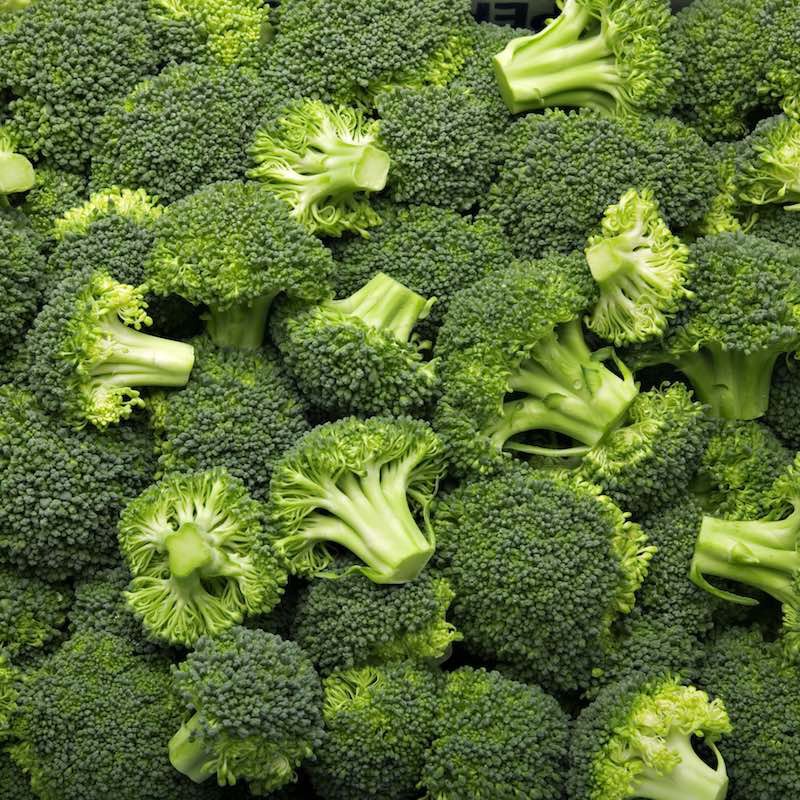
Broccoli can be a cruciferous vegetable that grows well in cool seasons. It?s often dark green however, you might also locate purple varieties.
It?s high in vitamin K, which helps your blood clot, and is really a fantastic source of folate, vitamin, and vitamin C. It also has antioxidant and anti-inflammatory propertiesBroccoli is a good source of dietary fiber, together with 2.6 grams per 3.5 ounces (100 g ), That more than half is soluble
The higher quantity of dietary fiber in broccoli can encourage your stomach health by consuming good bacteria in your large intestine.
Soluble fiber articles: 1.5 g per half cup (92 g ) of cooked broccoli.
6. Turnips
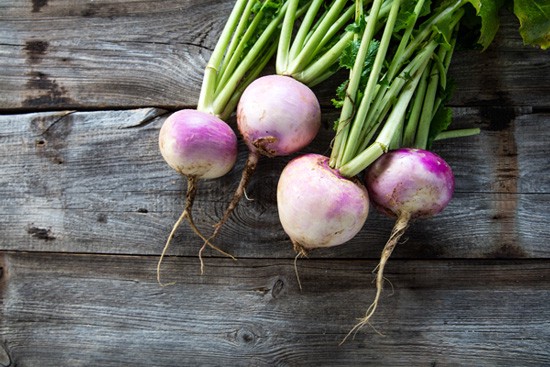
Turnips are fruits. Bigger varieties are usually fed to livestock however, the smaller ones are a great addition to your diet plan.
The very abundant nutrient from turnips is potassium, followed by calcium and vitamins C and vitamin K.
They?re also excellent for upping your fiber consumption ? one cup packs 5 grams of fiber, That 3.4 are soluble
Soluble fiber content: 1.7 grams per half cup (82 grams) of cooked turnips.
7. Pears
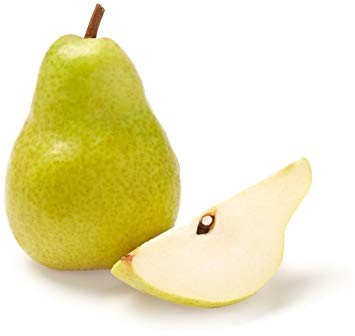
Pears have a refreshing and crisp taste and are a decent supply of Vitamin C, potassium and various antioxidants.
Moreover, they?re a fantastic source of fiber, together with 5.5 g in one medium-sized fresh fruit. Soluble fiber contributes 29 percent of their total dietary fiber content of pears, the main form being pectin.
Due to their high fructose and sorbitol contents, pears can sometimes have a laxative effect. In the event you have problems with irritable bowel syndrome (IBS), you may have to be careful with the total amount you eat.
Dietary fiber articles: 1.5 grams per regular pear.
8. Kidney Beans
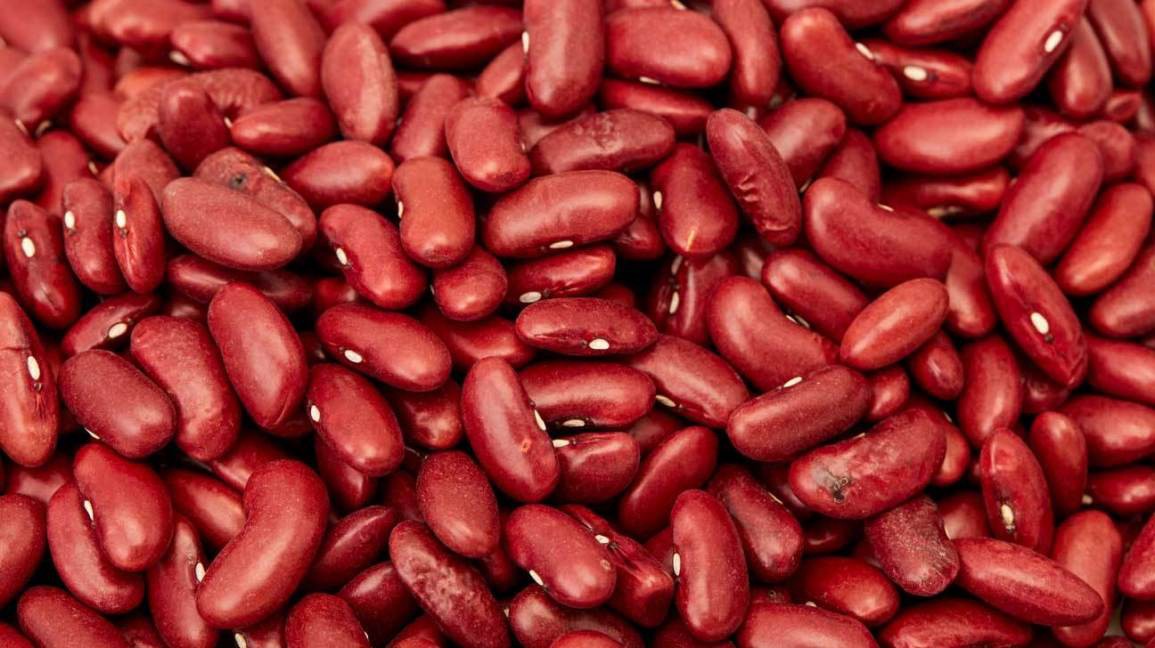
Their feature contour gave kidney beans their name.
They?re a key ingredient in chili con carne and an excellent source of soluble fiber, complex carbs, and protein. They?re also almost fat-free and comprise some iron and calcium.
Kidney beans are a fantastic source of dietary fiber, especially pectin.
However, many people today find beans hard to digest. If that is true for you, start boosting your kidney bean ingestion slowly to avoid bloating.
Dietary fiber content: 3 grams per three-quarter cup (133 g ) of cooked beans (6).
9. Figs

Figs were just one of those first cultivated plants within human history.
They are highly nutritious, containing calcium, magnesium, magnesium, B vitamins and other nutrients.
Both dried and fresh figs are amazing sources of dietary fiber, which slows down the flow of food through your intestines, so allowing more time for nutrient absorption.
Based on anecdotal evidence, dried figs have been used as a home remedy to increase constipation for ages. While a study discovered that fig glue improved bowel movements in constipated dogs, human-based research is currently lacking.
Soluble fiber content: 1.9 g per one-fourth cup (3?7 g ) of dried figs.
10. Nectarines
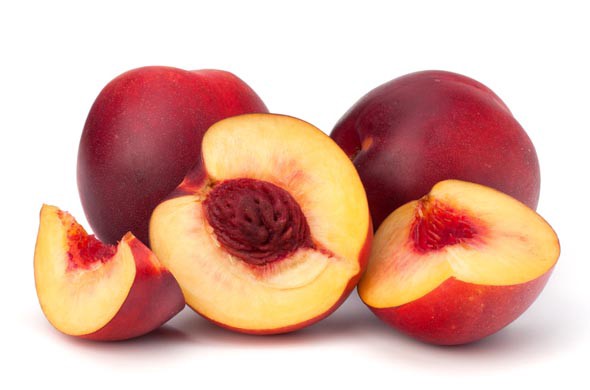
Nectarines are stone fruits which grow in temperate, temperate regions. They?re very similar to peaches, however, don?t have the same characteristic fuzzy epidermis.
They?re a good supply of B vitamins, antioxidants, and vitamin E. What is more, they feature various substances that have antioxidant properties.
One medium-sized nectarine contains 2.4 g of fiber, which more than half is more soluble (6, 22).
Dietary fiber content: 1.4 g per medium-sized nectarine.
11. Apricots

Apricots are small, sweet fruits that range in color from yellowish to orange, and with the occasional red tinge.
They?re lower in calories and a good source of vitamins A and CThree apricots provide 2.1 g of fiber, the majority of which will be soluble.
In Asia, apricots are found in folk medicine for many decades and it?s believed they could protect people from heart problems
They may also help your digestion. One study found that mice eating fiber from apricots had higher stool matches compared to people who received insoluble fiber independently.
Soluble fiber material: 1.4 g per three apricots.
12. Carrots
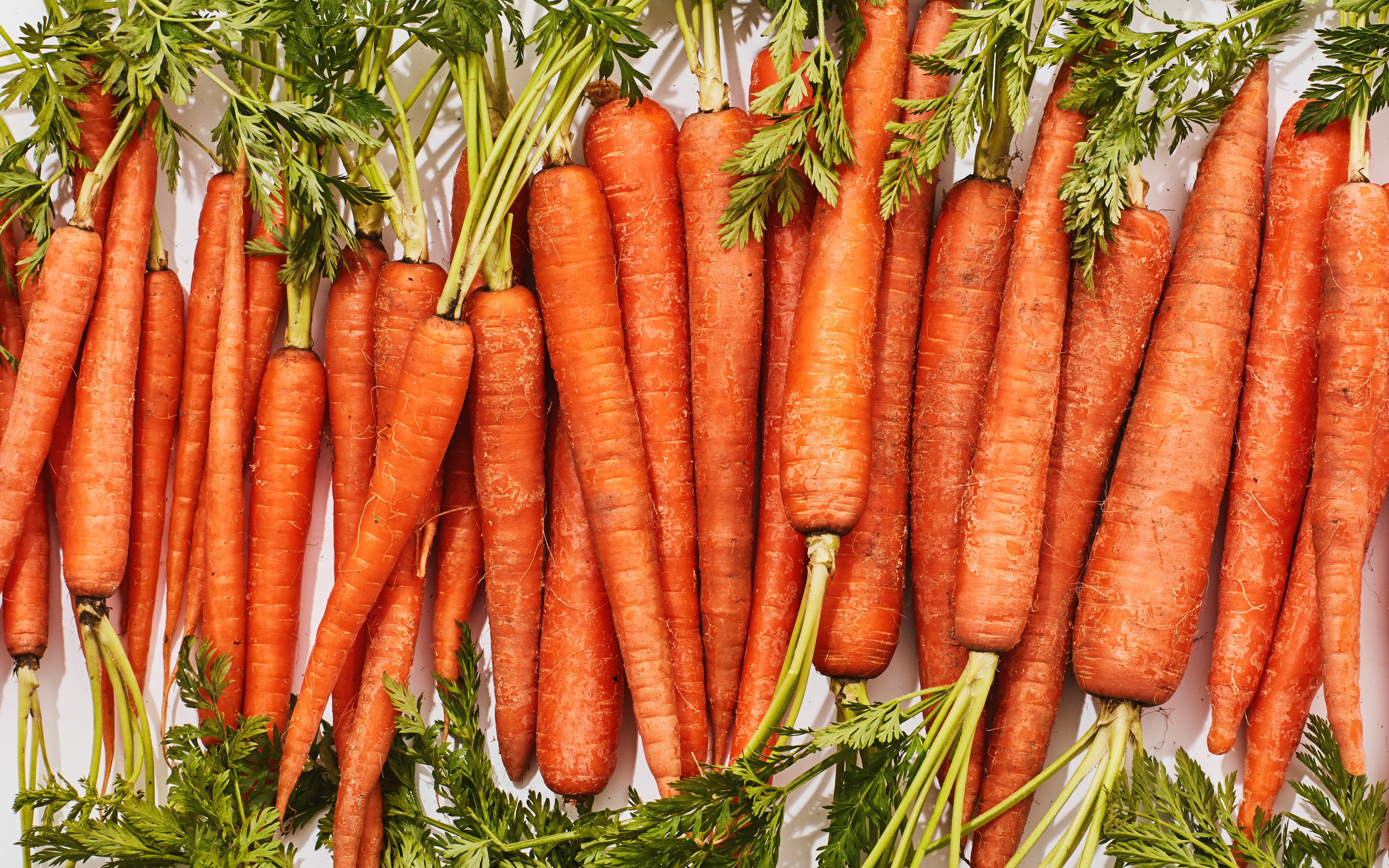
Carrots are one of the very popular and yummy vegetables on the planet.
Boiled or steamed, carrots are a key ingredient to many dishes however they may also be grated into salads or used to create desserts like carrot cake.
With valid reason, you may have been told like a kid to eat your carrots up that will assist you to see in the darkened.
Carrots are packaged with beta carotene, some which are converted into vitamin A. This vitamin protects your eyes and is very critical for night vision.
One-cup (128 grams) of sliced carrots contains 4.6 grams of dietary fiber, of which 2.4 are soluble (27).
Since many men and women enjoy this vegetable each day, it can be an integral source of soluble fiber.
Soluble fiber content: 2.4 g a cup (128 g ) of cooked carrots (6).
13.Apples
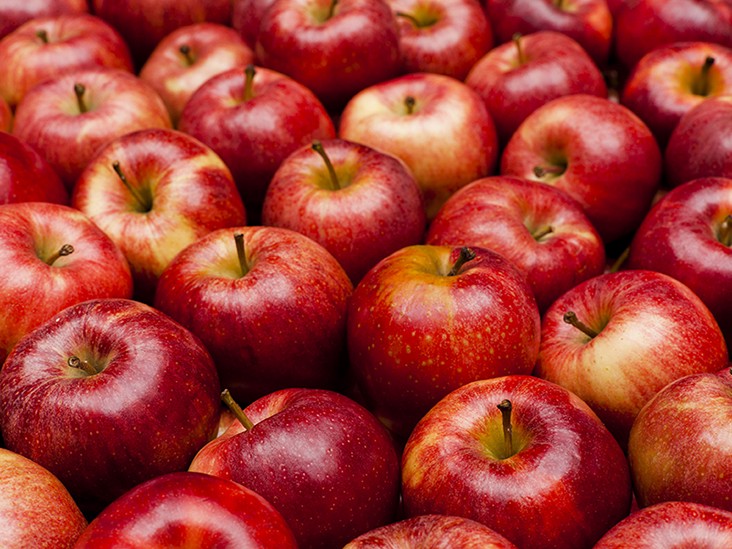
Apples are one of the very often eaten fruits in the world. Most varieties are very sweet but some like the cooking apple Granny Smith can be very sour.
?An apple a day keeps the doctor away? is an old proverb that will have some facts, as eating this fruit is associated with a lower risk of several chronic diseases.
Apple package various vitamins and minerals and are a good way to obtain the soluble fiber pectin. Apple pectin might have many health benefits, like reducing the risk of heart illness and improving bowel functioning (29, 30).
Dietary fiber content: 1 g per medium-sized appl.
14. Guavas
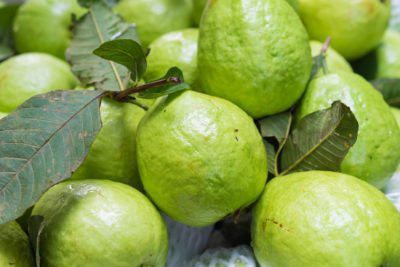
Their skin is typically green, while the pulp can vary between off-white to deep-pink in color.
One particular guava packs 3 grams of soluble fiber, of which roughly 30% are soluble.It has been shown to decrease blood sugar as well as cholesterol levels and LDL
cholesterol levels in healthy folks. In part, this may be caused by dietary fiber pectin, which can delay sugar absorption in the human system.
Dietary fiber content: 1.1 g each raw guava.
15.Flaxseeds
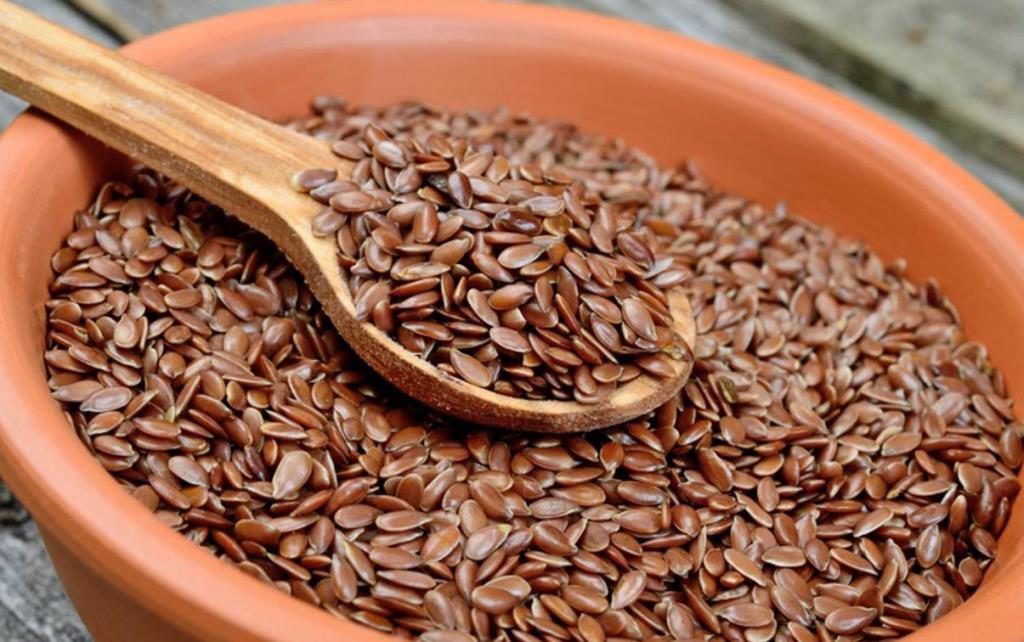
Flax seeds, also known as linseeds, are tiny brown, yellow or yellow seeds.
They pack a punch that is nutritious and certainly will be a wonderful method to improve the nutrient content of your smoothies, bread, cereals or bliss balls.
Sprinkling a tablespoon of flaxseeds over your P-Orridge may add a supplementary 3.5 grams of fiber and two g of protein into your own breakfast. They?re also among the Greatest plant-based sources of Omega 3 fats
If possible, soak your flax seeds immediately, since this allows the soluble fiber to combine with water to produce a gel, which may aid digestion.Dietary fiber material: 0.6?1.2 g per tbsp (14 grams) of whole flax seeds.
16. Sun Flower Seeds
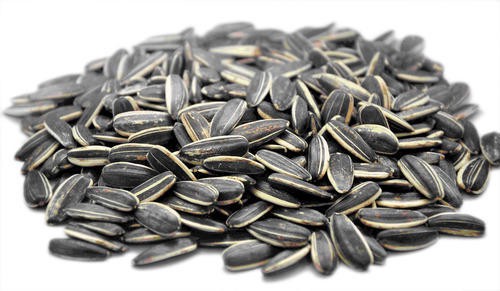
Sunflower seeds are a great healthful snack and are frequently purchased already deshelled to show the yummy sunflower heart.
They feature about 3 grams of dietary fiber per one-fourth cup, which 1 g is soluble. What?s more, they?re rich in polyunsaturated and monounsaturated fats, protein, magnesium, iron, and selenium (6, 34).
Soluble fiber material: 1 g per one-fourth cup (3?5 grams) of citrus seeds.
17. Hazelnuts
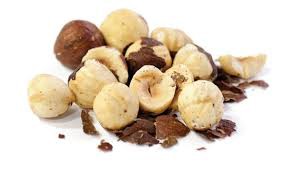
Hazelnuts are a delicious type of nut that can be eaten raw or roasted to get a stronger flavor. They are also often employed as a component in chocolate bars and spreads.
A one-fourth cup of hazelnuts packs approximately 3.3 g of soluble fiber, of which 1.1 are soluble.Hazelnuts, in part due to their soluble fiber content, may help Lower Your risk of heart disease by lowering?bad? LDL cholesterol
Dietary fiber content: 1.1 gram per one-fourth cup (3 4 grams) of hazelnuts.
18. Oats
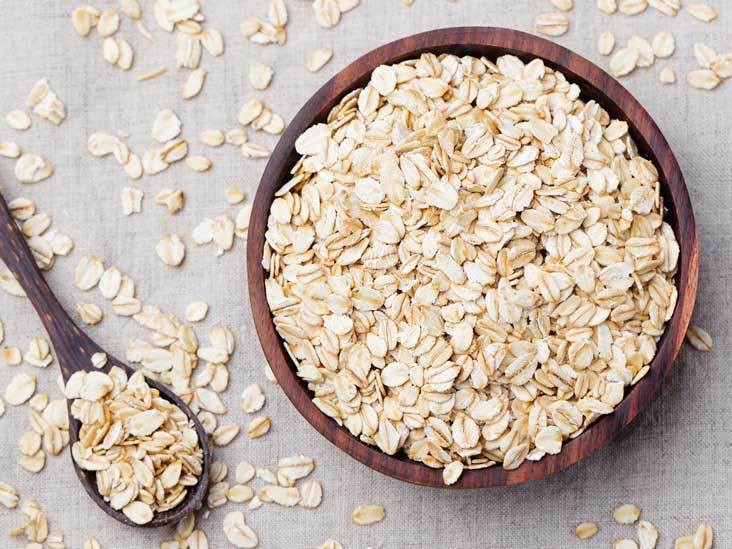
Oats are one of the very versatile and healthful grains round. You are able to use these to create breakfast cereals, bread, scones, flapjacks or fresh fruit crumbles.
They contain beta-glucan, a form of soluble fiber that?s associated with reduced?bad? LDL cholesterol and improved blood sugar control. It is estimated that 3 grams of oat beta-glucan per day can Lower Your risk of Cardiovascular Disease
About 1.25 cups (100 g ) of dry oats contain 10 g of total fiber. This can be divided into 5.8 grams of consuming and 4.2 grams of Dietary Fiber, of which 3.6 are BetaglucanBeta glucan is also what gives porridge its characteristic creamy texture.
Soluble fiber content: 1.9 grams per cup (233 grams) of cooked oats
19.Barley
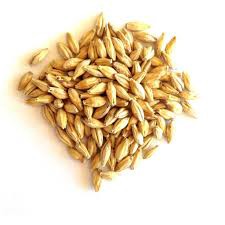
Some individuals may associate barley mainly with all the brewing business, however, this particular healthful, ancient grain can be often utilized to thicken soups, stews or even risottos.
Like ginger, it comprises about 3.5?5.9percent of the soluble fiber beta-glucan, which has been shown to reduce your risk of cardiovascular illness.
Other designs of soluble fiber from barley are psyllium, pectin and guar gum.Soluble fiber content: 0.8 g a cup (79 g ) of wheat barley.
The Bottom Line
Soluble fiber is fantastic for your intestine and all around wellbeing, lowering your chance of cardiovascular disease by lowering?bad? LDL cholesterol and assisting you to balance your blood sugar levels.
If you?d like to improve your soluble fiber intake, it?s often best to begin slowly and build it up gradually.
It?s also a fantastic idea to drink loads of plain water. This will aid the soluble fiber form a gel, which assists digestion.
All fruits, vegetables, whole grains, and beans contain some soluble fiber, nevertheless, certain foods such as Brussels sprouts, avocados, flax seeds, and black beans are the cream of the crop.
